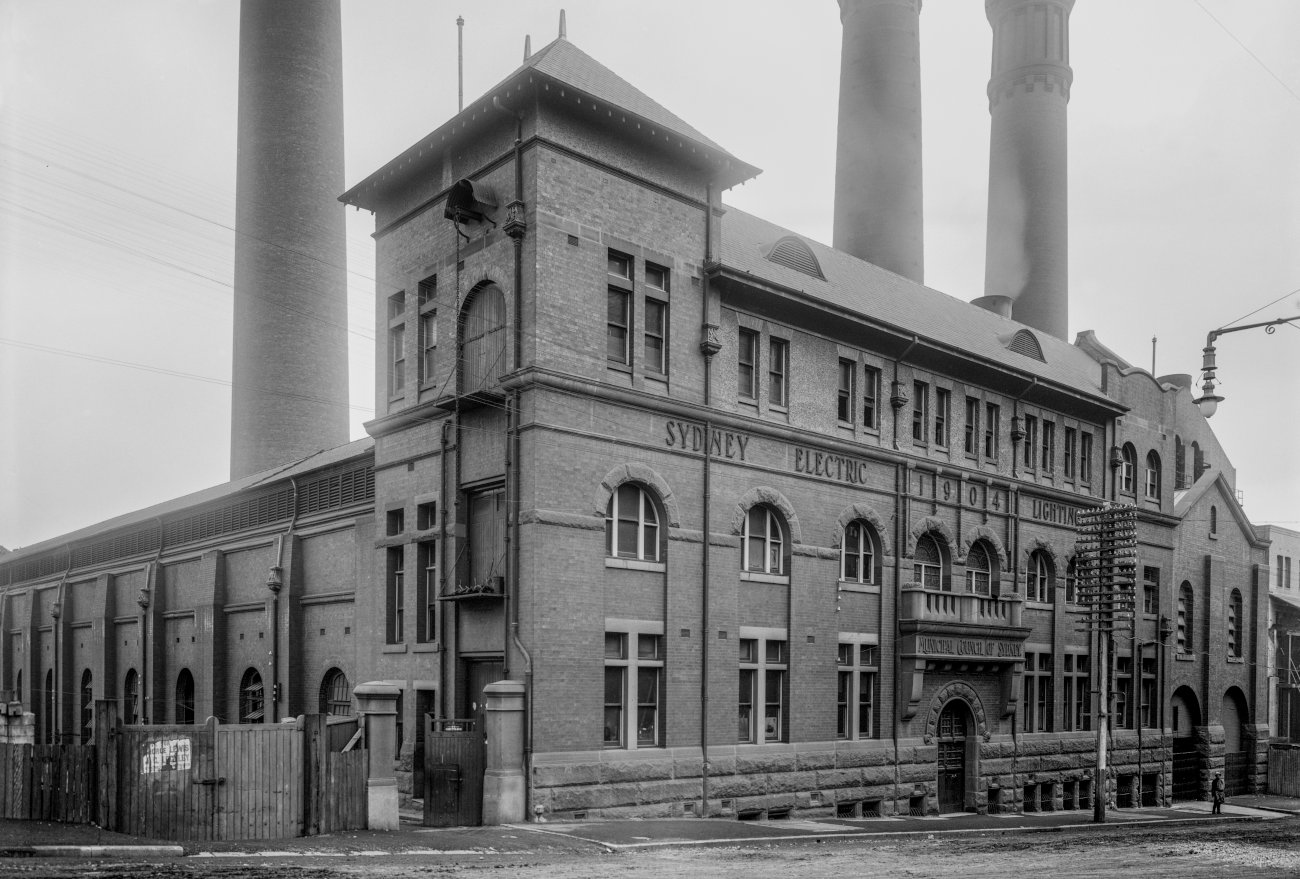
Technology drives creativity and quicker, more cost-effective projects. A step change for our industry.
See how we connect innovation to outcomes.

Expert insights on issues that transform business, increase sustainability and improve lives

Meet some of our passionate problem-solvers, constructive creatives and inspiring innovators
Rewiring Australia for a net zero future
Our work designing Sydney’s first electric lighting system in 1900 was a catalyst for
the democratisation of electricity
Designed by our predecessor firm Preece & Cardew it was transformative creating
enormous economic and social value
Transforming and decarbonising energy systems of today requires the same
foresight and focus on social benefit to ensure a just transition
Democratisation of electricity and social value were at the heart of our energy transformation work 125 years ago, and remain vital today says Paul Currie
Sydney’s first electric lighting system in 1900 was a catalyst for the democratisation of electricity in Australia. It was transformative across almost every facet of the economy and society, creating immeasurable social value.
The power station and electricity distribution system were designed by our predecessor company Preece & Cardew (later Ewbank Preece, which joined the Group in 1994). It was the start of a strong and enduring partnership with Sydney Municipal Council.

Today we are engaged in transformation once again, helping to re-engineer electricity systems for a net zero future – an initiative spanning generation, storage, transmission and distribution.
In 1900 the social and economic potential of electrification was yet to be discovered and technologies for electricity generation and transmission were very much in development, with several competing options. Today’s transformation involves much less uncertainty. The urgency of transitioning away from fossil fuels towards renewable generation is well understood and robust solutions exist to enable the journey.
Preece & Cardew recognised the potential of renewable power, but at the time the technology was out of reach. They employed the most advanced technology of their day and focused on making it as efficient as possible.Paul CurrieEnergy leader, Asia Pacific, Australia and New Zealand
But there are challenges nonetheless. The electricity system that Preece & Cardew and succeeding generations designed involved large centralised generating stations providing relatively constant output. Renewables, by contrast, are distributed and intermittent. This is radically changing the way we need our transmission system to operate.
We need to gather power from multiple sources, even out fluctuations in supply and store electricity to fill gaps between supply and demand.
The scale of the rewiring required is large, and it is international. Just about every country in the world is making massive infrastructure investment, and this is placing immense strain on supply chains.
Supply chain challenge
Procurement and supply chain integration play critical roles in addressing these challenges. We are helping clients to talk to the suppliers of hard-to-get products and services about increasing production; we’re also helping them to pre-purchase equipment and to coordinate projects with supply chain availability. Aggregating projects to create long-term project pipelines is important for attracting competitive bids: it gives suppliers the opportunity for sustained work and revenue, also providing the opportunity for suppliers to learn and improve efficiency from project to project.
We support early contractor involvement to give suppliers important insight into and influence on workload. Contractor alliances can be encouraged to achieve the capability and capacity clients require. And we help clients select commercial arrangements that encourage suppliers to play to their strengths and innovate, with shared risk and reward.
Democratising data
Australia is installing rooftop solar panels and domestic energy storage at pace and scale, with many home owners providing electricity to the grid. To make the country’s electricity the system more integrated, flexible and robust we have been working with the Australian Energy Market Operator on its Consumer Energy Resources (CER) Data Exchange Industry Co-design initiative. This will enable improved energy management and peer to peer electricity trading, and represents the democratisation of data in a safe and secure way.
Delivering social value
The pace of electrification at the dawn of the 20th century was just incredible. It employed the most advanced technology of the day – at that time, coal-powered. Interestingly, Preece & Cardew recognised the potential of renewable power, but at the time the technology was out of reach. Instead, they focused on designing the most efficient thermal power stations possible. Their correspondence shows they worked hard to save fuel and money.
Preece & Cardew set the direction for the following century, benefiting generations of people. Today we face challenges of similar magnitude and responsibility; the transformation we are delivering must be fair and equitable.
We take inspiration from our predecessors, who combined foresight with deep technical understanding and strong collaboration.
Hear more on energy transformation and Sydney’s first electricity network from Paul Currie, energy sector leader for Asia Pacific, New Zealand and Australia, Simon Harrison group head of strategy, Clare Wildfire global cities lead, David Hawkins solar and BESS market sector leader and Someswar Chakravorty, HVDC technical specialist in our latest heritage podcast.
About the author

Paul is a hydropower engineer with more than 15 years of experience in the energy industry.
- Biography
-
Get in touch
This is a modal window that allows user to contact the person via a form. Escape key will close this modal window and take you to the page content. Tab through the rest of this modal window to navigate and populate the form. Press Enter key to submit the form once all fields have been correctly populated.
You might also be interested in
Subscribe for exclusive updates
Receive our expert insights on issues that transform business, increase sustainability and improve lives.
